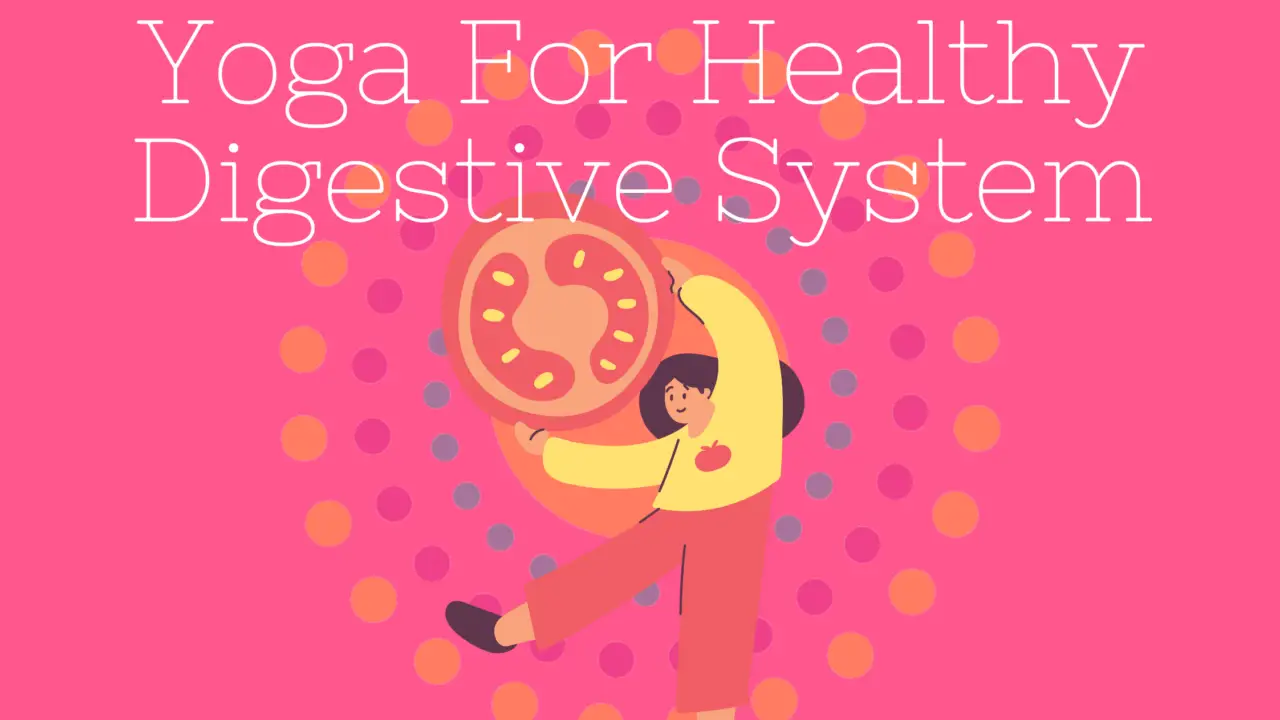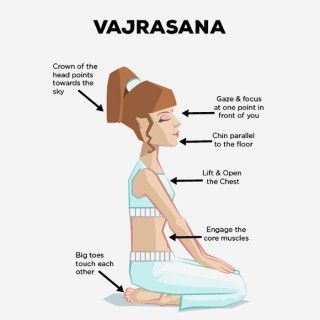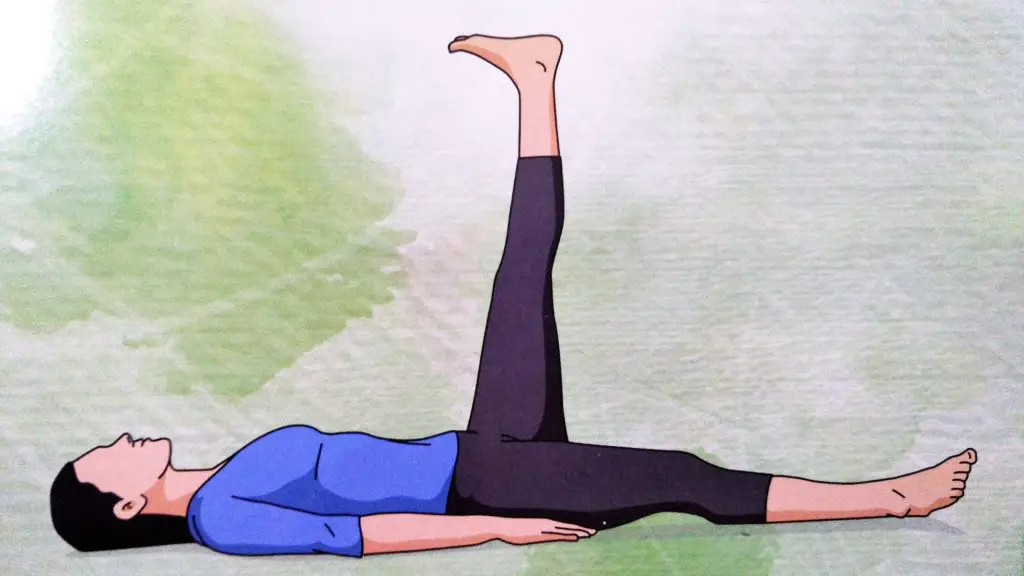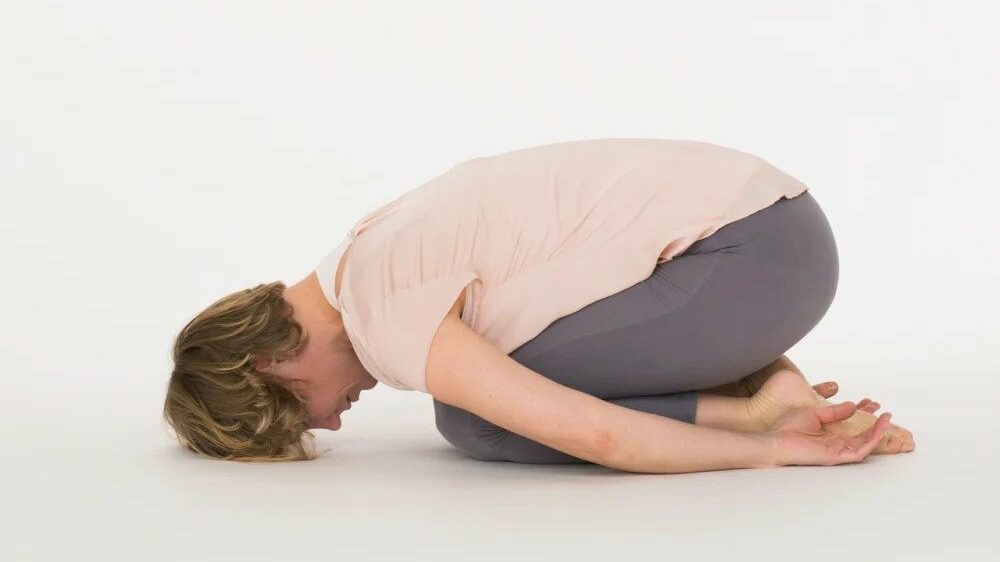Yoga For Digestion (Yoga Asanas And Helpful Digestion Tips)
Jump To:
Whenever you’ve got a digestion issue, you always went for an immediate solution such as medication. Sometimes you may ignore it. This yoga for digestion will not be an immediate solution but a long-term solution. Yoga for digestion with Vajrayana, when done with dedication, will set you free from digestion problems. Also, pranayama such as anulom vilom can help.
Stress [Harvard Health Publishing], restaurant food, not enough nutrition, irregular eating hours, no exercise… this is the sad story of most of our school and office-going population. Constipation, indigestion, bloating, flatulence, and Irritable Bowel Syndrome are so commonly prevalent that it is now considered “normal” to pop pills and digestive aids.

But we need to give our digestive system a lot more credit and attention than that. Second in intelligence only to the brain, the human gut secretes acids and enzymes that can break down the most complex foods for easy absorption.
The end of a long day is sometimes signaled by minor aches and pains in the body, ranging from headaches to stiff backs. The process of winding down for bed should include a few postures that will detoxify the body and release stiffness from your muscles and joints.
Yoga Works With Discipline:
Yoga takes discipline for its results to be fruitful. Discipline, in its purest form, is simply remembering what you want every day and in every moment. It is teaching the mind to focus on your goals, your dreams, your happiness, and the present moment.
In yoga, the practice of learning to focus is called Abhyasa, or the attitude of persistent effort to attain stability in your practice.
Practicing any posture persistently is the most effective method of exercising the most important part of all – the mind.
Training the mind to keep coming back to the present moment instead of running away from the discomfort is a yogic exercise by itself.
Take the thunderbolt pose for example. By improving blood flow to the digestive system, it practically eliminates disorders like constipation. But learning to sit in it consistently is a challenge for those who are unwilling to invest their mind in it too.
1. Vajrasana (Thunderbolt pose):
Exercising right after eating is not advised, but there are some Yoga poses that can be performed after eating and may, in fact, help with digestion Vajrasana is a kneeling pose, and it takes its name from the Sanskrit word Vajra (वज्), which means diamond or thunderbolt.
This yoga for digestion poses calms the mind and body very effectively and is good for the digestive system. It also gives an excellent stretch for your shins, ankles, quads, and lower back.

Vajrasana Steps:
- Kneel with the knees closer, stretch out your toes backward and big toes touching each other. (Practice with a blanket under your feet for 30 seconds at a time. You can eventually learn to sit for as long as 20 minutes in this miraculous pose.)
- Place your buttocks in the space between both of your heels separated but big toes touching.
- The spine and head should be straight and relaxed.
- Breathe normally closing your eyes and relaxing the whole body.
Precautions:
If there is an injury in the knee, ankle or shoulder should not attempt this pose.
This asana also lends itself to some nice variations:
You can hold your heels, raise your hips and throw your head back into a camel ( Ustrasana) posture to stretch your abdominals. Sit back again, and this time push your nose to the ground for a deep lower-back stretch in the child’s pose ( Balasana).
Bloating, gas, abdominal tightness, heartburn, constipation, etc. are some of the symptoms of poor digestion. The following set of pawanmuktasanas help in strengthening the digestive system and work on legs and work on legs abdominal muscles.
These are of great help for a person suffering from indigestion, constipation, acidity, lack of appetite, diabetes, or any disorders of the male or female reproductive systems and varicose veins. These poses also eliminate energy blockages in the abdominal area.
2. Supta Pawanmuktasana – 1: (The Gas Relief Pose)
Pawanmuktanas are gas-relieving poses. These are the best positions to relieve gas.
The Sanskrit word pawan means ‘wind’ and the word mukta means ‘release’ or ‘free’.
This yoga for digestion asana will give the most benefits if one holds the breath while in the raised position for as long as is comfortable. For general health benefits do three to five rounds of each stage. For specific ailments such as the removal of wind, more rounds can be performed at one’s discretion.

- Lie on your back.
- Bend your right knee. interlock your fingers just below the knee and bring your thigh to your chest.
- Keep the left leg straight and on the ground.
- Inhale deeply and raise your head and shoulders off the ground and try to touch your nose to the knee.
- Exhale and return your head to the ground and stretch your leg out.
Repeat thrice.
Now repeat with the left leg.
3. Supta Pawanmuktasana – 2

- Bend both your knees to your chest and clasp your elbows.
- Inhale and lift your head and shoulders off the ground and try to bring your nose in between your knees.
- Exhale and return your head to the ground and stretch your legs out.
Repeat four times.
Beginner’s Tip:
In this yoga for digestion asana, the breath should be deep and synchronized with the movement as described in the technique. This is important because it accentuates the massage of the abdominal organs. One should be aware of the breath and the compression of the abdomen throughout the practice.
Precautions:
If you are pregnant or have high BP or a hernia, avoid this posture. If you have sciatica or cervical issues, do not lift your head up.
4. Padottanasana:

Padottasana Steps:
- Slowly lift the right leg without bending the knee while inhaling, and slowly bring it down while exhaling.
- Repeat this three to five times.
After that, do the same with the left leg and with both legs later.
Precaution:
People with high blood pressure, heart problems, and recent abdominal surgery should avoid this pose.
Balasana (Child Pose):
The yoga for digestion, Sharanagat Mudra / Shashankasana / Balasana is also a simple and non-invasive posture that relaxes the back and restores blood supply to a tired brain. The posture is best practiced at the end of the day to release stiffness in the muscles that support the spine and hips. The pressure of the legs against the abdomen massages the internal organs and boosts digestion. Increased blood flow to the head relieves a headache and burning sensation in the eyes.
Balasana Steps:

- Sit down on your knees and join the thighs, knees, and big toes with hips on the heels left distant comfortably.
- Place your palms on the floor and move your knees wide. (If your hips are not touching the heels place a bolster under the feet)
- Inhale; raise your arms stretching the spine.
- Exhale; bend your torso forward and rest it on the floor between the knees. Keep your palms one above the other and place them on the floor above your head stretching your hands fully. (If you’re not comfortable resting on the floor place a bolster in between the knees)
- Breathe deeply for 1-2 minutes in this position. Make sure you’re not forcing the pose.
Release the pose with an inhalation raising the arms up and as you exhale lower the arms and release the pose.
A relaxed body ensures deep and restful sleep. This goes hand in hand with the reason we should not go to sleep immediately after a meal – the body allocates sleep time to the rejuvenation of the organ systems and not to active digestion. The sooner we take charge of how well we sleep, the more illnesses we prevent in the future.
How To Improve Digestion Naturally At Home:
Our bodies and hence our lives are fuelled by the efficiency of this powerful body system and when it malfunctions — even slightly — it is time to sit up and take notice of our lifestyles. Restoring your digestion is not just a matter of eating better food on time but also stabilizing the digestive system through simple exercises to be done on an empty stomach.

Eat right:
This is common sense but not common practice. Eat sensibly. Make high-fiber food part of your lifestyle. This single act alone would go a long way toward managing constipation. Try to eat a balanced diet.
Keerai (spinach), green vegetables, and prunes are part of my daily diet. However, this ‘eating right’ isn’t a cure completely, but it is a primary step towards change.
Drink plenty of fluids:
Hang around with a water bottle but drink a little more when you are thirsty instead of sipping throughout the day.
It keeps you hydrated and cleanses your system. I keep a one-liter water bottle at work and fill it at least twice a day.
Give yourself ample time:
Wake up at least an hour before my scheduled work. This gives me ample time to do the stretches and asanas that aid bowel movement.
Drink warm water with a tinge of lemon:
Here’s a very useful trick. Move away from my morning coffee addiction to drinking warm water with a few drops of lemon juice. This helps excretion.
So don’t let constipation or any digestion problem deter you. Make minor corrections to your lifestyle and it helps ease the problem.
To clean your stomach instantly, before eating in the morning, mix 2 teaspoons of salt with lukewarm water. Sea salt or Himalayan salt is recommended. Drink water quickly on an empty stomach, and in a few minutes, you’ll probably feel the urge to go to the bathroom.
Consult a physician if home remedies don’t help.
Does pranayama improve digestion? Which pranayama is best for digestion?
The practice of mindful breathing, or pranayama is one way to calm the mind and body before sitting down for a meal. This technique can help promote healthy digestion by slowing the breath and calming the nervous system.
Best done early in the morning, this asana is perfect if you want to achieve a calm mind and good digestion. Bhastrika Pranayama is one of the most effective breathing techniques that can help you calm your mind.
Two hours after you eat is generally when you have an empty stomach and it’s okay to practice yoga. If you are starving and want to practice yoga but need some nourishment it’s fine to eat a banana or have a little juice to sustain you through the practice.